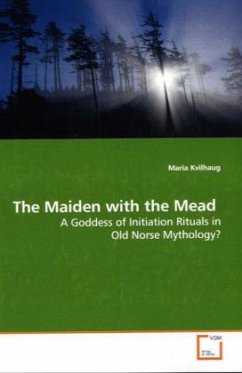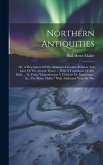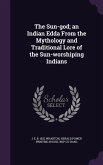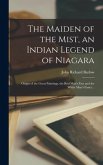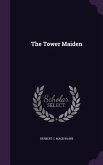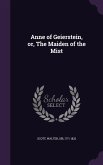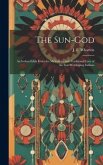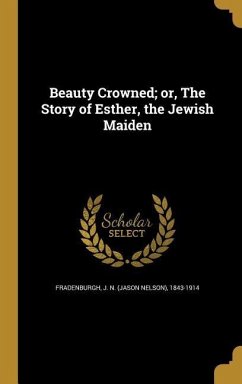Students of the Poetic Edda have long ignored a
seemingly unassuming, yet most important mythical
character: Namely the mead-offering Maiden that
appears at the heart of many a myth and heroic
legend. This study shows how the Maiden with the
Mead appears at the climax of a ritual structure
within the myths - a structure that clearly is based
on Pagan initiation rituals. The Maiden is the aim
of the initiation and its consecration. Her mead is
the mead that transfers knowledge, wisdom and indeed
resurrection to the initiate. The study also shows
that although the Maiden appears with different
names and different status (she may be a goddess, a
valkyrie, or giantess)she is always the same being -
the Great Goddess of light hidden in the utter
darkness of death. Only the initiate that overcomes
his fears may find her in that ghastly realm and
bring himself and the Goddess back to life - and to
resurrection. This study shows the immense
importance of this underlying myth and the ritual
which it reflects, and throws new light on Old Norse
religious practice and how to interpret Edda poetry.
seemingly unassuming, yet most important mythical
character: Namely the mead-offering Maiden that
appears at the heart of many a myth and heroic
legend. This study shows how the Maiden with the
Mead appears at the climax of a ritual structure
within the myths - a structure that clearly is based
on Pagan initiation rituals. The Maiden is the aim
of the initiation and its consecration. Her mead is
the mead that transfers knowledge, wisdom and indeed
resurrection to the initiate. The study also shows
that although the Maiden appears with different
names and different status (she may be a goddess, a
valkyrie, or giantess)she is always the same being -
the Great Goddess of light hidden in the utter
darkness of death. Only the initiate that overcomes
his fears may find her in that ghastly realm and
bring himself and the Goddess back to life - and to
resurrection. This study shows the immense
importance of this underlying myth and the ritual
which it reflects, and throws new light on Old Norse
religious practice and how to interpret Edda poetry.

